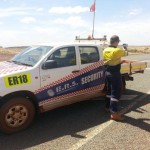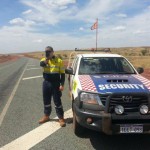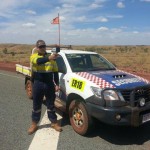 Speed management and enforcement has long been a key issue in heavy industry environments, particularly mine sites where vehicle usage is high and travel distances can be significant. The DMP 2013 report into Fatal Accidents in the Mining Industry from 2000-2012 ranks three traffic management related hazards into the ten critical activities on mine sites, and most organisations rank vehicle interactions as one of their principal hazards.
Speed management and enforcement has long been a key issue in heavy industry environments, particularly mine sites where vehicle usage is high and travel distances can be significant. The DMP 2013 report into Fatal Accidents in the Mining Industry from 2000-2012 ranks three traffic management related hazards into the ten critical activities on mine sites, and most organisations rank vehicle interactions as one of their principal hazards.
Many organisations place the responsibility of speed enforcement with that of security personnel – an appropriate assignment. Where the system falls down, however, is when substandard equipment is combined with poorly trained and inexperience personnel.
Current methodology and patterns
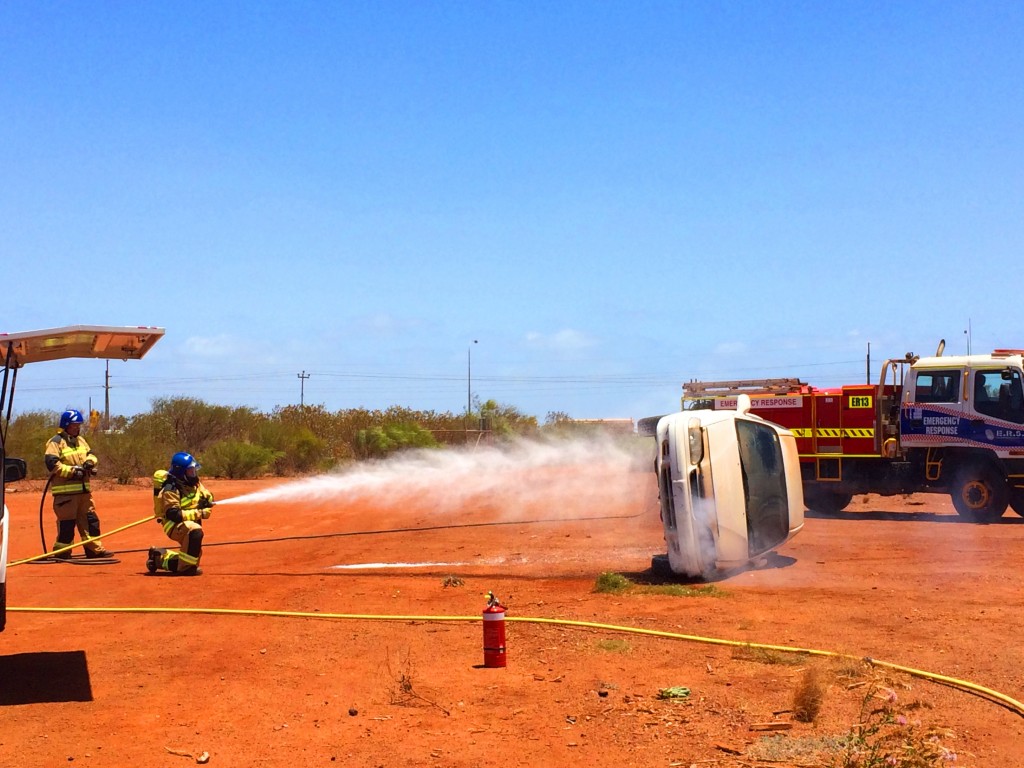 Despite the prevalence of traffic related hazards, their mitigation still leaves a lot to be desired. Speed management is conducted on the majority of sites by security or emergency service personnel with commons ‘sports’ type radars. These radar units are readily available for less than $1,500, do not require formal training, and can be utilised straight out of the box. However, they have two very significant shortcomings:
Despite the prevalence of traffic related hazards, their mitigation still leaves a lot to be desired. Speed management is conducted on the majority of sites by security or emergency service personnel with commons ‘sports’ type radars. These radar units are readily available for less than $1,500, do not require formal training, and can be utilised straight out of the box. However, they have two very significant shortcomings:
- They are calibrated for speed detection at short range, generally less than 100m. This affects the user in that their proximity to oncoming traffic will be far closer.
- Their functionality is limited by their user displays, meaning that in multiple target environments their ability to detect vehicles can be brought into question.
It is also critical to examine exactly how the unit is employed. Blind corners, dust and low light conditions are all obvious hazards to personnel conducting such duties, yet there is no formal accredited course that ensures their competency, nor is there even an appropriate Australian Standard to be drawn upon.
Safety concerns
One of the principal safety concerns for personnel conducting speed management activities is that of oncoming vehicle stopping distance. To be effective, speed enforcement requires timely rectification; i.e. vehicles being stopped and drivers informed of their speeds. The average LV on a sealed road will take 50m to stop when travelling at 60km/h. This equates to almost 90m when travelling at 80km/h. Combined with an unsealed road that is not designed for traffic halted on the shoulder and it is easy to see how many hazards could materialise into real to both the radar operator and the driver.
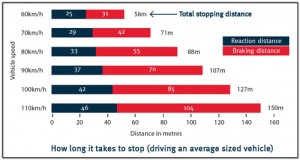 Other hazards include:
Other hazards include:
• Dust
• Blind corners and crests
• Low visibility conditions
• Sun rising or setting in the eyes of the driver
• Weather conditions
The Fix
Fortunately, this activity can be made safe (and optimised for value) with two simply fixes:
1. The Right Equipment: the Kustom HR Falcon is one example of an industry leading radar unit, as used by Police. It is available for around $2,500 and provides superior capability in terms of range (well over 1km in most cases, radar signature dependant), and allows the user to easily discern between vehicles. Laser models retail for approximately $5,000 and offer similar capabilities in range, with pinpoint accuracy.
2. Formal Training: despite a lack of accredited training, formal training is easy to arrange. Reputable unit manufacturers offer training in their specific unit, although training in safe conduct requires more diligence and development. It should also be noted that without the right equipment, and without a trained operator, offenders have a very effective means of dispute, particular where offences are tied to disciplinary and administrative action.
- Radar Gun Executive Risk Solutions
- Radar Gun Executive Risk Solutions
A Gold Plated Solution
To cater for the absence in the market, ERS has developed a formal training package that provides competency in the following areas:
- Unit operation and radar theory
- Effective establishment and running of a radar check point
- Risk management
- Data collection and analysis
Effective implementation of this training has allowed ERS to collate vast amounts of traffic management statistics, reduce a site’s occurrence of traffic related offences by more than 60%, and establish a positive traffic culture that has been lauded by competitors and safety personnel alike. In addition, ERS’ specialised capability has allowed value adding such as the implementation of Vehicle Compliance Checks, where spot checks are conducted to inspect everything from documentation through to vehicle stores and safety.
Daniel Wright, Security Operations Manager
If you wish to find out more about our speed management training, please do not hesitate to contact ERS on +61 8 61090115 or info@executiverisksolutions.com.au


